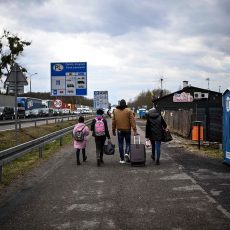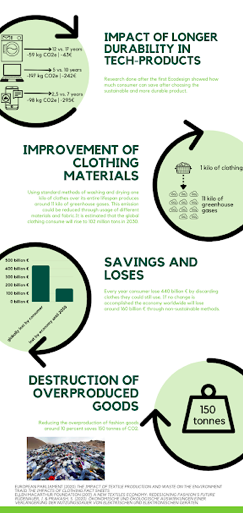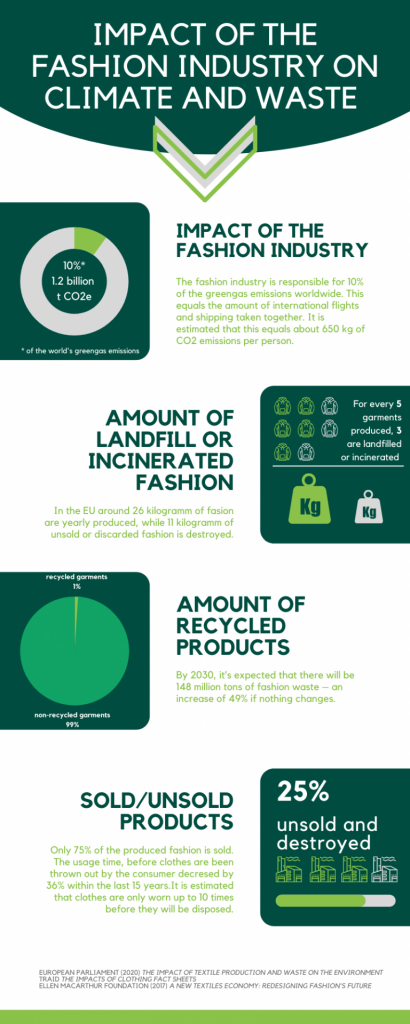70 days. This is how long it has been since Russia’s invasion of Ukraine. With more than 5 million Ukrainians displaced according to figures from the UN Refugee Agency, EU countries have put plans in place in solidarity to deliver assistance and protection to one of their neighbours.
By Stanislav Hodina and Camila Soumastre Molina
With the most affected being women and children, the 2001 EU Temporary Protection Directive has been activated for the first time in 20 years, which offers a residence permit for one year, with the possibility of a two-year extension. Even so, different groups have pointed to deficiencies in the asylum system, in which fundamental rights of Ukrainians have been compromised, and that reflects the various refugee crises of the past, ultimately revealing the problems that the European community will have to face.
Sixty per cent of displaced persons from Ukraine went to Poland, followed by Romania with around 20 per cent. The Home Affairs Committee comments that it does not want the asylum systems of the receiving countries to be overloaded. For this reason, the guidelines of the Temporary Protection Plan incorporate the minimum standards of recognising a person’s permission to stay, protection against arbitrary detention, access to housing, essential services and education. In addition, freedom of movement, registration of deaths, physical security (cover protection against gender-based and sexual violence, as well as sexual exploitation), and protection of children’s interests (involve family reunification and family tracing) are included.
Meanwhile, the debate over the proposed New Migration and Asylum Pact in 2020 continues to rage. While the new plan seeks to promote certain basic safeguards, in practice, various groups note problems related to the fundamental rights of Ukrainian migrants.
Although the guidelines provide refugees with protection, both physical and primary services, the Directorate-General for Migration and Home Affairs add that the main problem at present is that there is no common registration of people fleeing from Ukraine, which has created space for smuggling and trafficking of vulnerable people.

What about the children?
About 90 per cent of people fleeing Ukraine are women and children. From Eurochild, Dr. Ally Dunhill mentions that there has been a problem in registering children in many cases when they travel with acquaintances or relatives who are not necessarily close to them.
Dunhill adds: “I think there has been a large number of children reported as being missing. The number a few weeks ago was 2000. But it didn’t mean that these children were actually missing, it meant the people didn’t know where they were, because they hadn’t been registered”.
The representative of Eurochild adds that there have been delays with registrations because of where the children are crossing. “Some of these are in remote border areas. (The information) can often be in a piece of paper that the child brought when it was fleeing, and that piece of paper is not being all that information is not always uploaded straightaway onto a database. So there’s a delay in exactly knowing how many children are actually crossing the borders as well”.

In response, the Directorate-General for Migration and Home Affairs (DG HOME) has sought to work with the UN Refugee Agency (UNHCR) on the ground. This has served to ask minors if they know who they are travelling with and to ensure their well-being. In addition, they point out that they have strengthened the provision of access to information and education, both to minors and their families, to ensure that this right is being respected.
Rights that fall by the wayside
Meanwhile, sexual and reproductive health and rights have been compromised in recent months. Restrictive laws in host and transit countries, such as the largest participant, Poland, would particularly complicate access to emergency contraceptive pills and abortion, as well as for victims of sexual violence due to its harsh anti-abortion law passed in 2020.
The European Union Agency for Fundamental Rights (FRA) says there has been slow progress in protecting these rights: “We are also planning in future to issue further bulletins, where this issue might be featured but for now, we do not have more information on this”.
Human Right Watch issued a press release on 29 April reporting that the Polish government has failed to ensure the necessary security measures in its system to deal with the gender-based violence faced by Ukrainian women. Furthermore, the NGO noted that most of the people at the refugee reception points would be inexperienced, thus providing an unsafe space without a lack of protocols.
The present and the sins of the past
However, the situation was not always so bright. It is only six years since the 2015-2016 crisis when the EU faced an exodus of people fleeing from the Middle East and North Africa. Millions of refugees then divided the European Union into two sides that, until recently, could not find common ground on this issue. Some refugees were likewise fleeing from war zones.
The situation can not be compared, says a source close to the Commission and tries to explain why: Ukraine is our neighbour, and for people fleeing it, the member states are the first place they enter, making it much easier for EU institutions. Unlike seven years ago, when many refugees chose complicated routes through several countries and caused chaos in the asylum process.
People from the Asylum Units also point out that Ukrainians have visa-free travel with the Union, so no one can stop them from staying even if they wanted to.
Europe has managed its redemption well so far. Yet the foul taste remains. The question is whether the EU will be able to use the knowledge gained from this crisis to help solve the problems left over from past refugee crises.
One of these issues is the identification and registration centres, where large numbers of asylum seekers are still waiting for a determination on their future. UNHCR: “We do need to have more solidarity and in a predictable manner. So it’s not this ad hoc arrangement, as we have been seeing with Greece, but also with relocation happening at other times, where countries are voluntarily saying they want to help, and so we are seeing it with Ukraine as well. But we need to have this be a more predictable mechanism so we don’t have to negotiate the solutions every time”.
What next?
The war in Ukraine is now in its first two months, and the end does not appear to be in sight. Therefore, it is complicated to predict how the situation with the refugees will develop. Some of them, as in the case of Easter, have already returned to Ukraine. Others, for now, remain near the border, hoping to return soon.
According to the UNHCR, more than one million Ukrainians have crossed back over the border, even as the war continues in full force. In all cases, of course, these are not permanent returnees. As can be observed from the data provided by the UN institution, the situation is expected to remain unstable and unpredictable, these numbers can and probably will fluctuate.
Whereas with unity as an emblem for European institutions to face this new refugee crisis, the pending 2020 Asylum and Migration legislation are still sleeping in trilogue. As pointed out by EU sources, the deep trenches dug during the last crisis have mostly been filled in by the wave of solidarity since February’s end.




